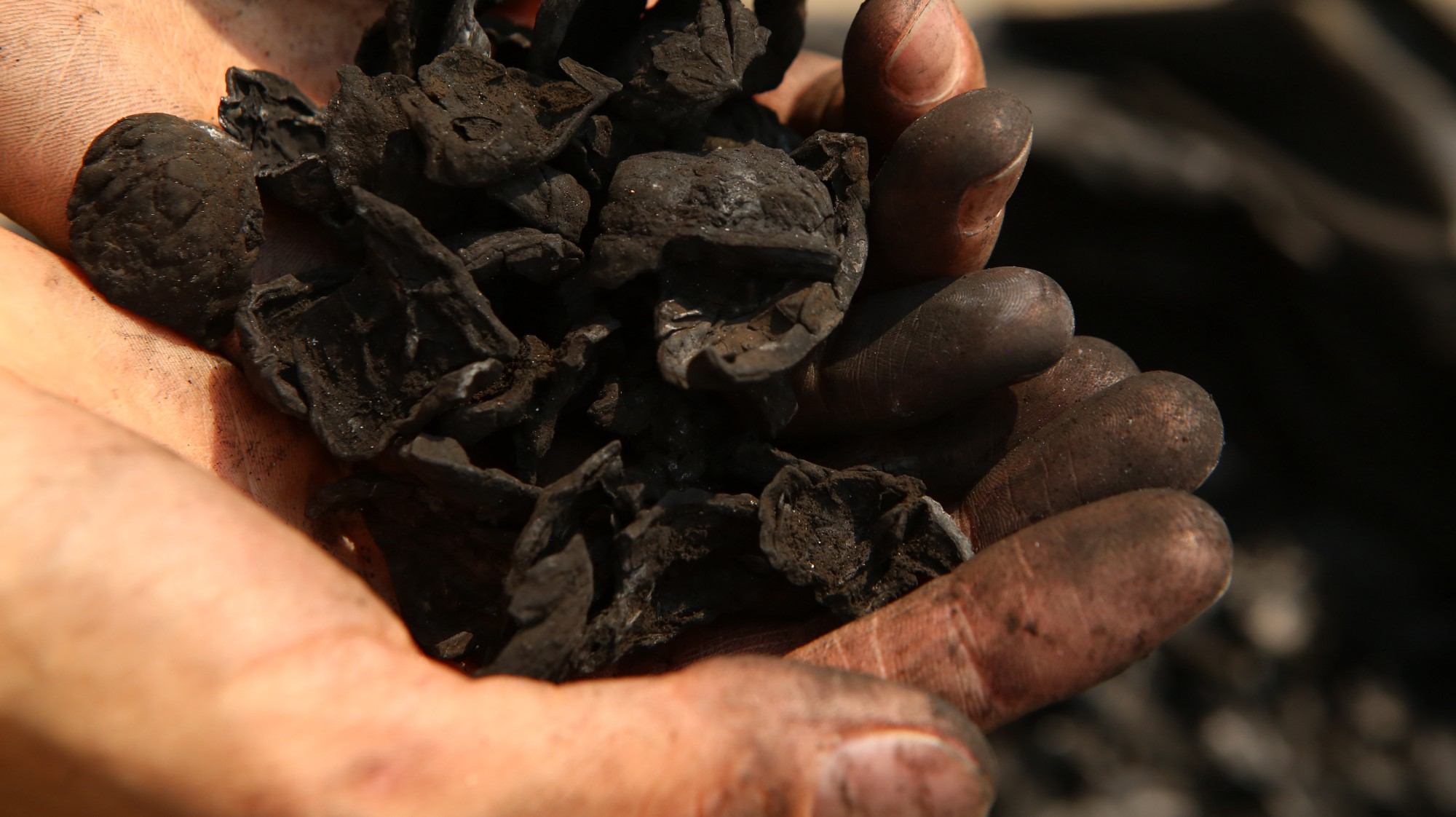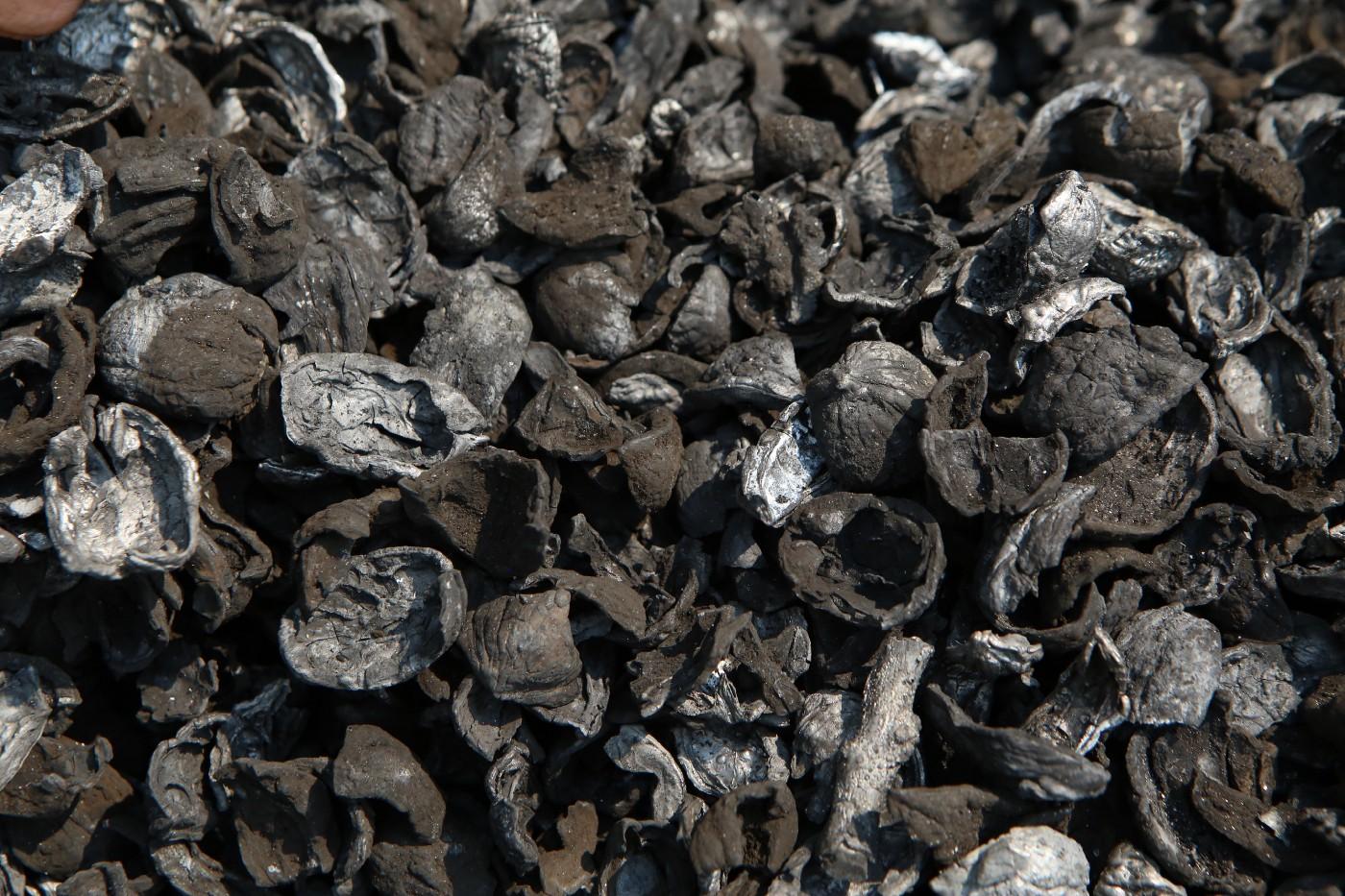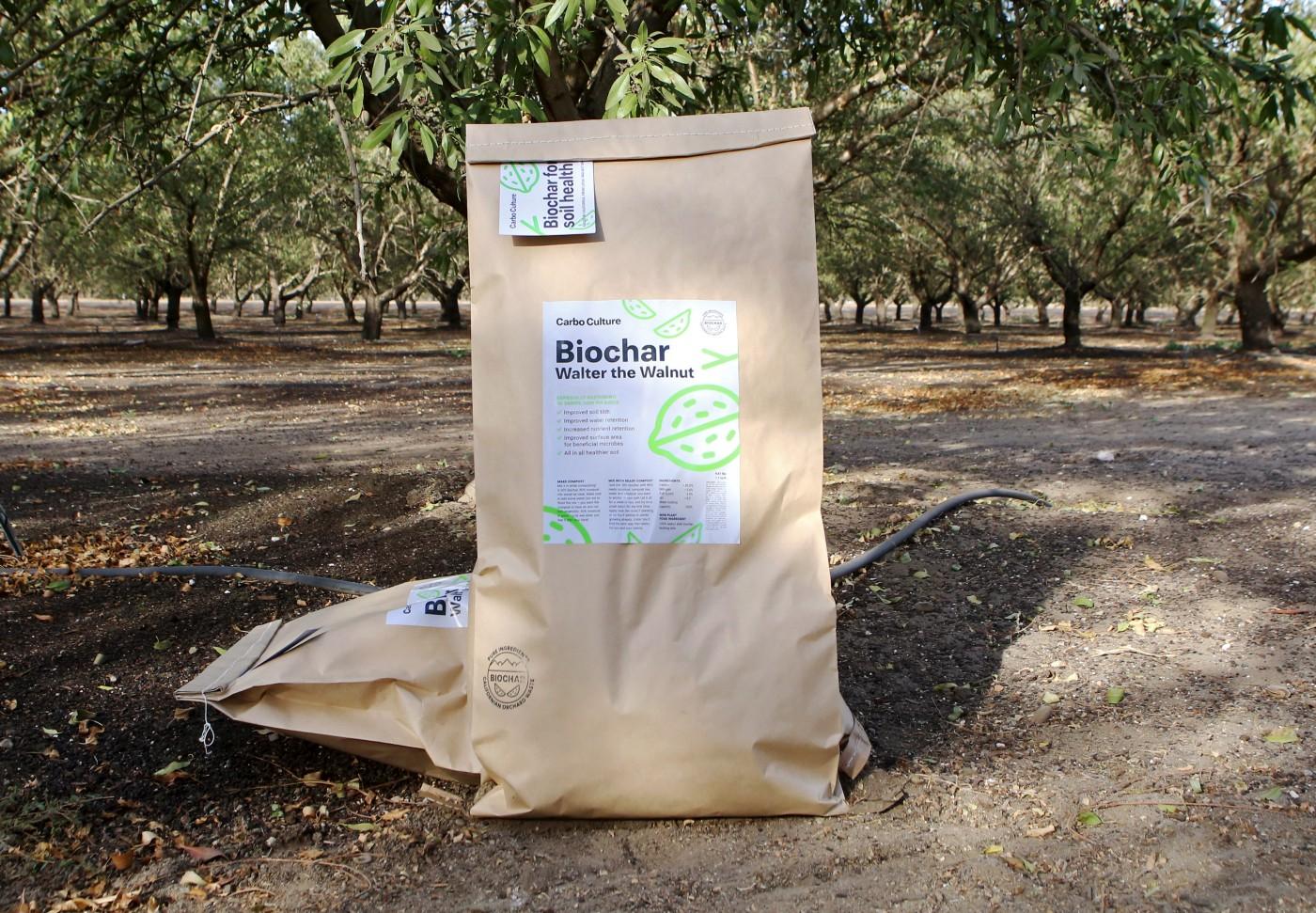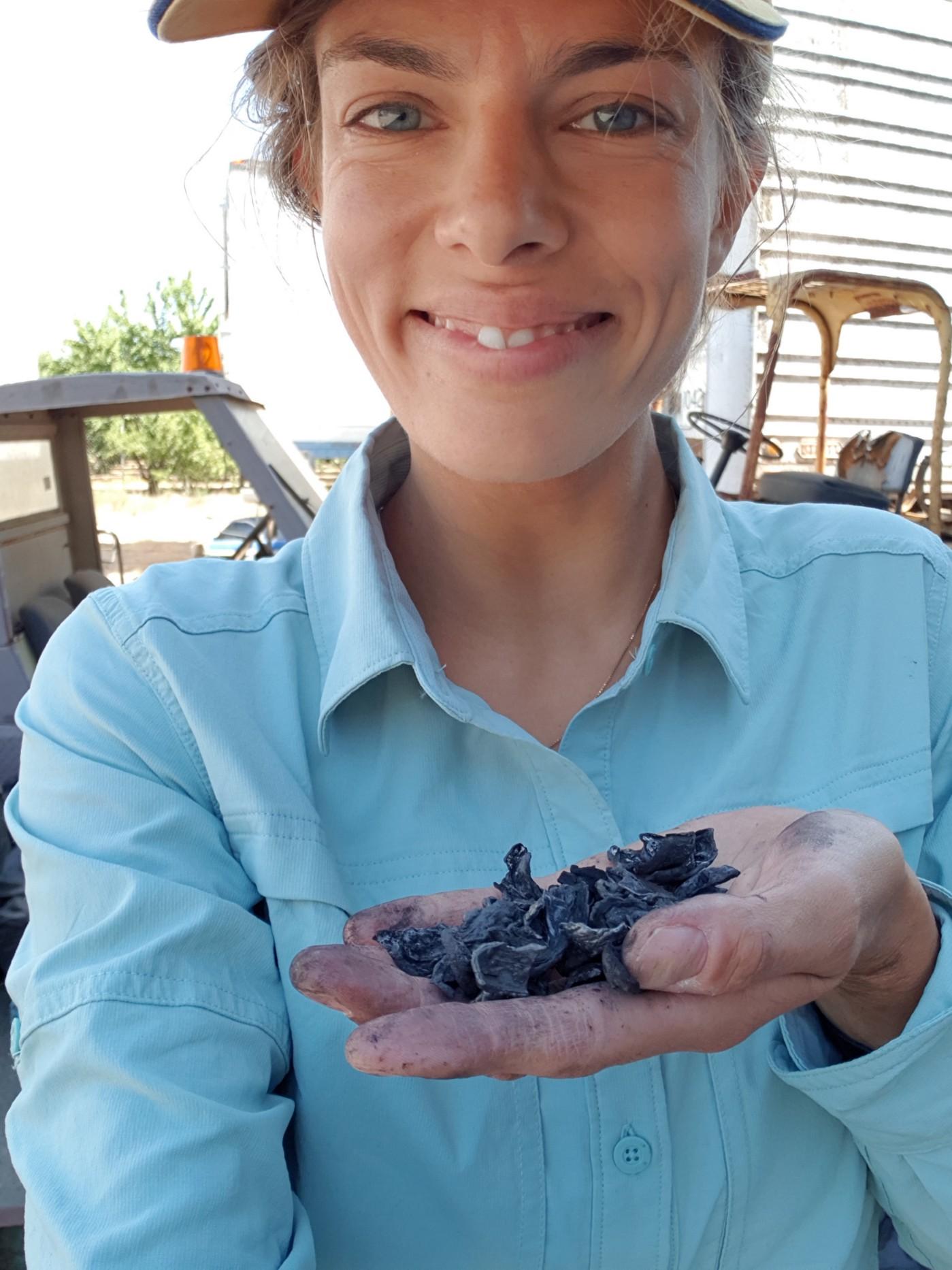“I have always wanted to influence the world in a positive manner, and my vehicle, for now, seems to be entrepreneurship,” explains Henrietta Kekäläinen, Co-Founder and CEO of Carboculture.

Her company turns methane-spewing biomass into high-carbon charcoal, thanks to a patented technology that transfers waste into charcoal in a carbon-neutral way, allowing a cleaner, more efficient way to make charcoal and charcoal products. Don’t run away just yet! We were a bit lost at first, but what follows is really informative and important to understand.
“I think of working towards halting climate change as a must — if we don’t solve this, not many other businesses will matter either,” says the Finn from her office in California, where she’s now developing her company. Stick with us as we speak with Henrietta about biochar, carbon sequestration, and soil restoration.
Thanks a lot, Henrietta for your time today. We’re going to try to start from the very beginning, so everyone can follow the discussion. Let’s be honest, we’re also very new to this topic at The Beam. Could you please explain what biochar is, where it comes from, and what the process is to obtain it?
Biochar is a stable form of carbon, made from woody materials in a heat and oxygen-deprived system. Conventionally, biochar has been made as a small residue of biomass power production. Each tonne of biochar contains about three tonnes of carbon dioxide. When the wood is taken and turned into a stable carbon, it can’t escape as a liquid or gas, which would happen if it were burned or decomposed.
Biochar is carbon that you can hold in your hand – like charcoal. In the natural carbon cycle, about 1% of carbon is sequestered. By making biochar of the biomass, you can sequester up to two-thirds of the carbon in the biomass. Nature already knows how to sequester carbon into the soils, but we need to learn.
I’ve read that there are over 50 known use cases for biochar, and new research comes out every month indicating a new use possibility. Could you maybe give us a few examples of the best use cases?
Our first use case is urban landscaping. Plants are under severe stress in urban areas and campuses with not much space to live and runoff water can have a lot of toxins.
Stockholm did a very successful trial where biochar was planted in the root system of the trees as a stormwater filter, aerating the roots and providing some room to move about, while filtering the toxins out.
To me, the most powerful application for biochar is raising the pH of acidic soils, helping the soil ‘microbiome’ by co-composting to put into the ground. This way, biochar can have a long-lasting effect on the living part of the soil, and stabilize the nutrients.
Other use cases include stopping nutrient or other matter leaching into waterways (biofilters), water cleansing, speeding up compost, and environmental remediation from toxins.
Soil is the source of all life on earth and we’re entirely dependent on it. Can you explain what the problem is with unhealthy soil today and how biochar can contribute to solving these issues?
The UN has estimated that we have about 60 harvests left (globally) until we have depleted our soils. This is no light news — 3 cm of topsoil takes, on some estimates, a thousand years to form.
The use of pesticides, compression, loss of the soil food web biodiversity, erosion, over-fertilizing; these are some of the many reasons why our soils are not well. Luckily, in recent years we have started learning more about soil, giving us new insights into what are the important parts of the soil living ecosystem and how to help them.
Tests for all sorts of indicators such as pH, bacteria and disease are cheaper than before, and information is easier to access. The pressing need to make more food in more sustainable ways has also drawn the limelight on farms – unfortunately, the margins for the farmer are often not great, and the cost of altering practices and risking a crop may still be too big.

What inspired you to work in this field and create your company?
I think me and Christopher Carstens, my Co-Founder, really thought that if the climate issue is not solved, nothing else really matters either. I see it as a massive umbrella for human health, conflict prevention, food security, weather stability and so many more things. It’s hard to grasp how dependent we actually are on the services given to us for free. We are part of nature, and utterly dependent on her.
Today, I feel like there was no way I could not have started this company, it’s exactly what I had to do.
You are now in the testing phase of your product. Could you tell us about the kind of questions that you’re still trying to answer during this phase?
It’s very interesting times for us! We want to start as many customer trials as possible in 2019 in urban and agricultural areas. We’re currently also doing lab tests to see how the biochar performs mixed or reacted with other things. As you said, there are more than 50 use cases for biochar, so like every startup, we need to make a narrow choice on the ones we want to and can pursue.
We want to learn as much as possible on how our biochar is interacting with the environment it’s put into. The amount of variables is endless (varieties of soils, crops, climates, toxins), therefore trials and studies are needed. Much is already studied, but we need to start the trials to learn more about what is important to the customers.
We have already found out that our biochar has an excellent, high level of fixed carbon content and low ash and volatiles, making it a nice and pure carbon, topping the biochar databases.
Why did you decide to start the project in California?
There’s a multitude of things that lined up, but one of the main reasons was that California has seen a massive decline in biomass power as renewables have outpriced the industry, and the leftover plants are run mostly on forestry waste that is being taken out due to fire hazards. This leaves the Central Valley — which produced approximately half of the entire US produce — with more than three million tonnes of agricultural woody biomass waste. This waste used to cost US$50 a tonne, and now it is being openly burned in the fields, contributing to some of the worst air quality in the U.S.
We’ve decided to go and use that waste. Those orchards have collected carbon for 25 years but now, it’s all being burnt back into the atmosphere, unless we come in and turn it into a stable form. Three million tonnes is an amount so large that it’s really hard to grasp.

What are the challenges that come with scaling up the production of biochar? How do you intend to solve these?
In scaling technology, there are undoubtedly always challenges! We’re luckily past most of our ‘unknown-unknowns’. We’re hiring the best engineering talent to put their minds into design, and leveraging the 10+ years of research that have gone into the process design. Undoubtedly there will be some issues, but that’s the spirit of building something new: you just have to face the challenges and find bright minds to solve them.
How is biochar the most profitable technology to carbon sequestration?
Emission curbing and carbon sequestration are two different things — nature is still by far the best at taking parts per million out of the air, and therefore biological processes master carbon drawdown. Biochar leverages that and speeds up the natural carbon cycle. Most other carbon drawdown mechanisms cost a lot, but because biochar is a valuable product, it’s profitable carbon drawdown.
What differentiates you the most from other companies producing biochar?
Traditionally, biochar was a side product of energy production. Our system focuses entirely on the high quality of the end product and we don’t sell electricity to the grid or need expensive interconnects. This gives us great efficiency and control over the end product consistency and quality, something that most others need to after-process or compromise on.
We also have some great competitors who we think are quite awesome. The industry is still at the beginning of its growth, and ironically, we need each other to build the market at this stage! Without the others, there would not be as many trials being made or papers being published. We would not be making the same progress.

Henrietta Kekäläinen is Co-Founder and CEO of CarboCulture, which has developed a new technology to turn methane-emitting biomass waste into a stable, functional carbon form called biochar. Turning the biomass into this carbon form stores the carbon for hundreds of years and keeps it out of the atmosphere. It´s also a powerful tool to heal the soil.